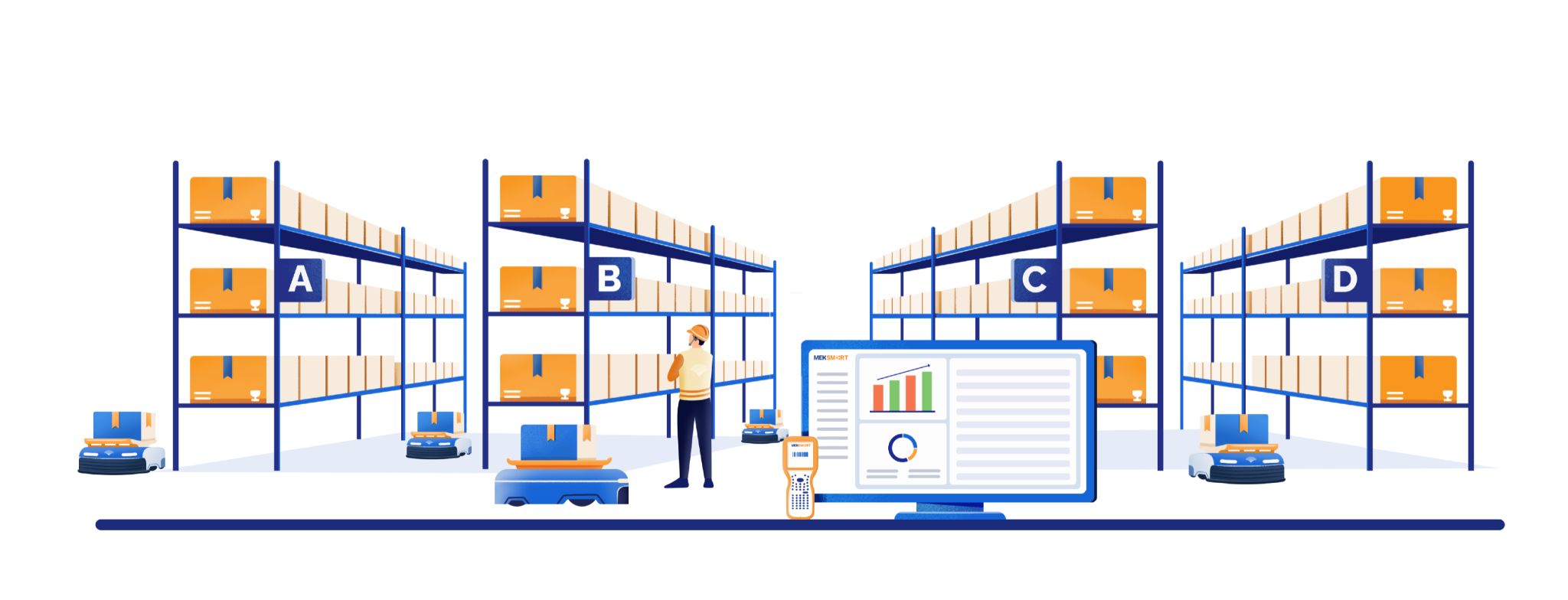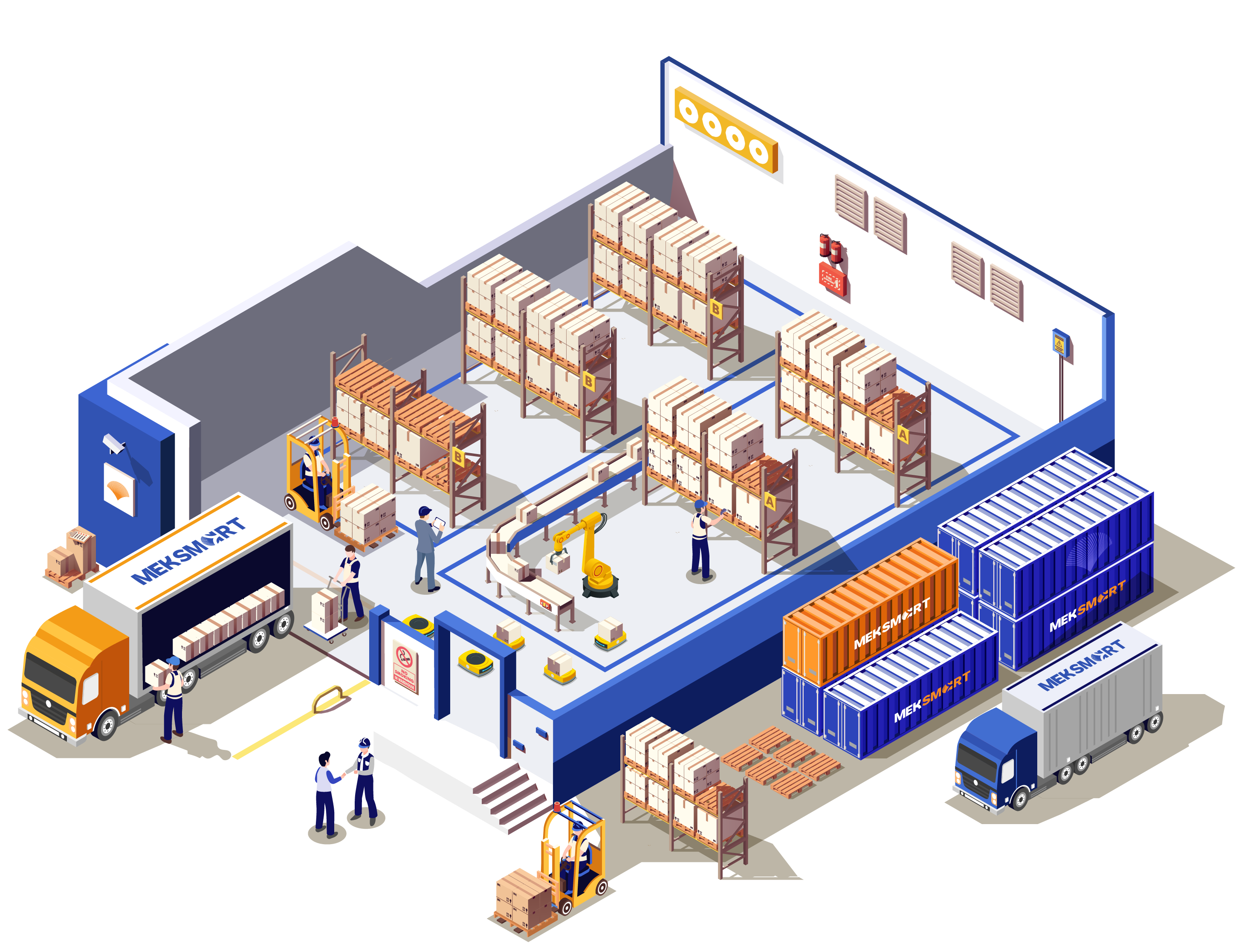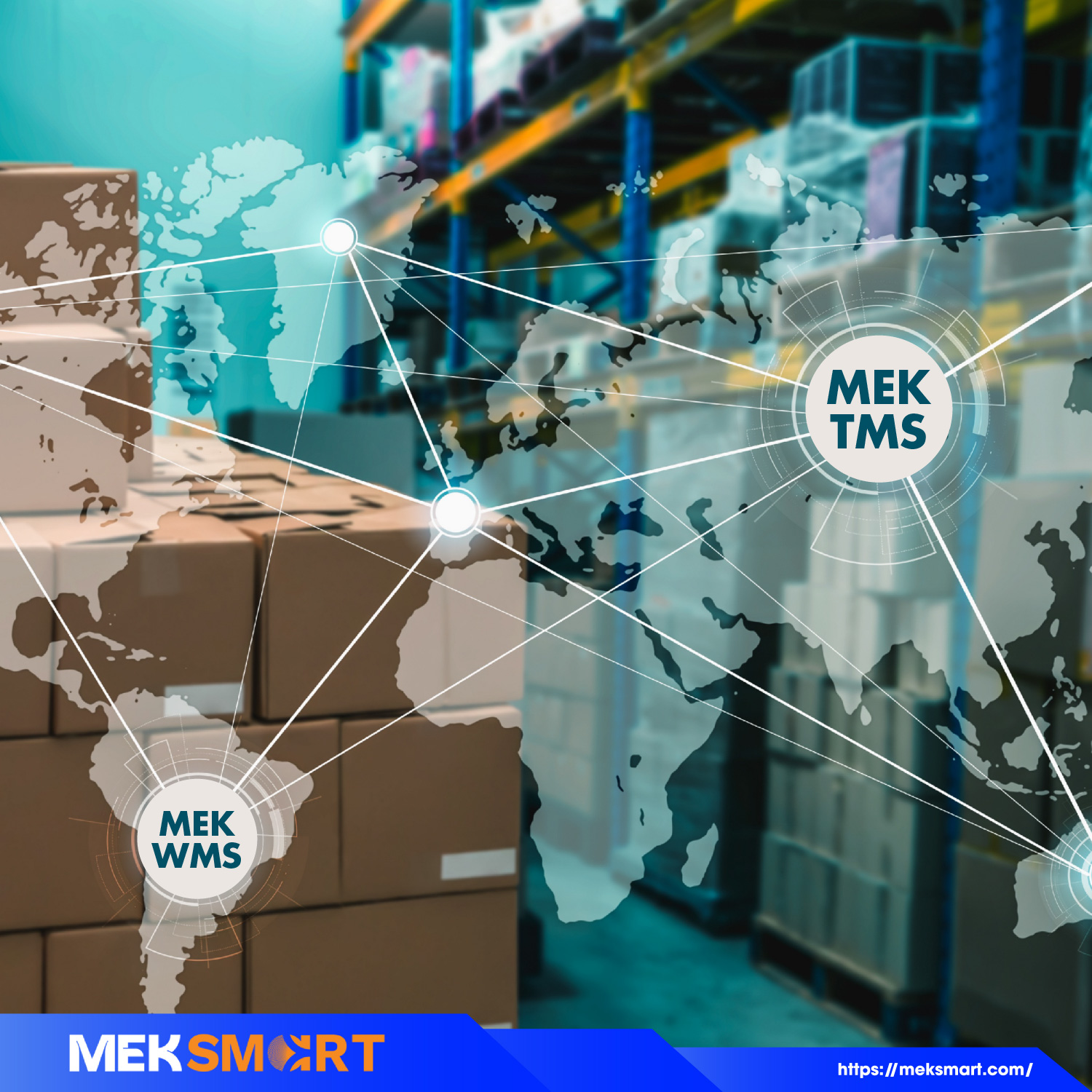MEKSMART
GENERAL NEWS
Author: Meker Meksmart
Update: 18/08/2024
RETAIL INVENTORY MANAGEMENT: OVERVIEW & IMPORTANCE
You might want to know about retail inventory management when being here. Meksmart has researched this topic and compiled essential information for your better understanding in this article.
Are you tempted to know? Let's get the ball rolling.
Retail Inventory Management Overview
Retail inventory management (RIM) refers to the procedure of providing merchandise shoppers need with neither too much nor too little on hand. By monitoring inventory, manufacturers and retailers can meet the demand of customers in an optimal way.
Managing retail inventory effectively can assist businesses in grasping sales patterns while lowering costs. Accordingly, they can conduct the following actions in a better way as follows:
- Product type quantities
- Product locations
- Best-selling products by sales channels and location
- Profit margin by item, product series, model, and style
- Ideal inventory volume to have in storage and backstock
- How different seasons influence sales

Retail Inventory Management Importance
It is critical for retailers to manage their retail inventory as the practices can help them drive sales and boost profits. As a result, they can boast adequate inventory to meet every demand of shoppers while minimizing costs and avoiding overstock.
Here are some practices of the fact that retail inventory management boosts efficiency.
Enhance profit margins
Retailers can improve their profitability thanks to the cut of inventory expenses and adequate supply to fulfill all orders.
Lower out-of-stocks
It is avoidable to run out of inventory when shoppers need it. Retailers are better to apply inventory management tech-back solutions to know how much inventory is needed to have neither too little nor too much on hand. This volume can be larger for best-selling items than for unpopular ones.
Besides, when retailers can collect data on stock and sales in real time, they can take action promptly and early.
Cut inventory expenses
When brands get the needed stock they need, they are likely to pinpoint the levels of inventory accurately, thus cutting inventory costs for excess supply. Other savings can be depreciation, logistics, and shipping, to name a few.
Thwart obsolescence and deterioration
Inventory management helps retailers in addressing an additional costly inefficiency that occurs when products expire or become obsolete.
This case can apply to perishables with a short shelf life, such as milk and meat, or to non-perishables that become obsolete due to changes in consumer tastes and technology (e.g. seasonal collections or holiday-specific packaging).
When a piece of consumer technology adds a popular new feature, the demand for older models may plummet: Consider how the increase in smart TVs lowered demand for models that couldn't stream content.
Enhance multi-channel and omnichannel performance
It can be difficult to keep accurate inventory counts across all channels if you sell through physical stores, your website, and third-party merchants.
Having accurate inventory data across all selling channels allows you to use your inventory more efficiently, allowing you to get the product to consumers faster.
Wrapping Up
That’s all about retail inventory management. In a nutshell, it refers to the process of keeping the volume of a stock in an optimal way, with neither too little nor too much on hand.
Retailers, accordingly, need to pay attention to closely tracking the situation of inventory to optimize profit margins, cut inventory costs, minimize out-of-stock, etc.













